The European grid needs to become more interconnected. Upgrading the existing grid infrastructure to increase capacity and provide real-time flexibility is essential to enable higher levels of cross border flows across the continent. As European decarbonization targets become even more ambitious, we must maximize our ability to transmit power from areas that, for example, are very windy to areas where it is not so. This will help provide clean affordable energy to greater areas of the European market. The existing grid, however, cannot deliver this decarbonized future. Traditional grid development approaches such as building new lines, reconductoring or using other conventional technologies can be much more costly and take many years to complete which make it extremely difficult to achieve the decarbonization goals that have been set out.
Through the FARCROSS project Smart Wires has worked with IPTO (ADMIE)—the Greek Transmission System Operator (TSO)—to validate the capability of a rapidly deployable Modular Power Flow Control (MPFC) technology to increase cross border flows in the region and renewable energy penetration. This technology can unlock spare network capacity through better distribution of power, accessing capacity of the existing electrical network that was previously unavailable. This is done by either pushing power from overloaded lines by increasing the impedance of the line or pulling power towards underutilized lines by decreasing the impedance of the line.

In this FARCROSS demonstration, the technology deployed on the Greek transmission network is Smart Wires’ MPFC technology, SmartValve. Nea Santa, in Kilkis was determined to be the optimal location for the SmartValve deployment as it had several network issues that SmartValves help IPTO to resolve.
- Due to the deployment’s proximity to the Turkish border, cross border power flows could be monitored as part of the study. The devices ability to control power flow on the 150 kV line they were installed on enables them to influence the power flows on the adjacent 400 kV interconnector.
- This location also had the added benefit of being in a region of high wind power generation, providing the opportunity to demonstrate the technology’s ability to also support with RES integration, providing greater access to lower cost clean energy to Greek customers.
The modular nature of the SmartValve and its ability to operate at any voltage level mean that standard deployment design was used. This allowed the devices to be manufactured and deployed very rapidly and would mean the whole deployment could be relocated if the system needs change in the future.
At Nea Santa, to increase the speed of the SmartValve connection, some initial site work is required. Installation of a concrete foundation and reconfiguration of overhead lines could be carried out before the delivery of the MPFC devices. Once this work was completed, the devices could be deployed rapidly to reduce the outage window required. This method enables the delivery of additional network capacity quicker than the construction of new lines, meaning that it delivers network capacity faster and more cost efficiently than the alternatives.
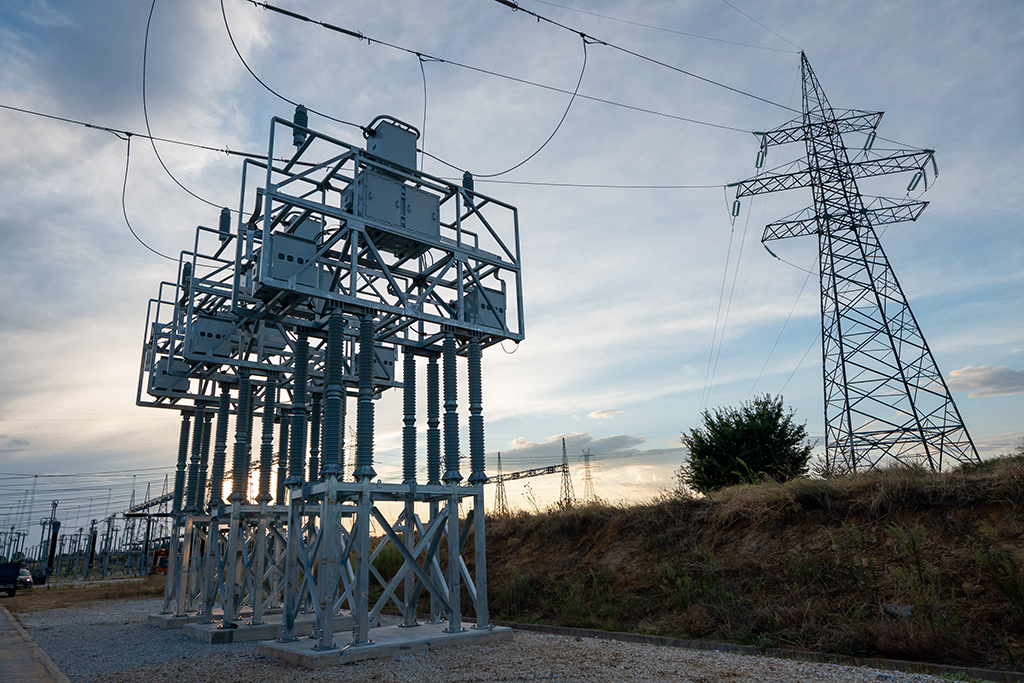
Throughout this demonstration, the MPFC devices showcased their ability to manage congestion on the line which they were installed on, which in turn enables increased cross border power flows and mitigation of RES curtailment as expected.
- The MPFC devices installed on the 150 kV Nea Santa – Iasmos line was able to redirect power of the line which was shown to influence additionally the adjacent Greece-Turkey interconnector power flow.
- The SmartValves’ operation showed that RES curtailment could be avoided under specific N-1 scenarios.
This was a small-scale project aimed at demonstrating how these devices can impact on cross border power flows and renewable integration in South-East Europe. Due to the modular design of the devices, the deployment size can easily be increased by simply adding additional devices to deliver more capacity to the Greek transmission system and therefore greater benefits to the system operator and consumers. There is also the potential to deploy this technology in other areas of the network where the SmartValve could be even more effective, either through a new deployment of the technology or the redeployment of the current devices. The project showcases the potential benefits of rolling out this MPFC technology across Europe to optimize the use of the existing grid, which in turn will enable greater use of clean energy across Europe and support delivering the EU’s ambitious climate and energy targets.


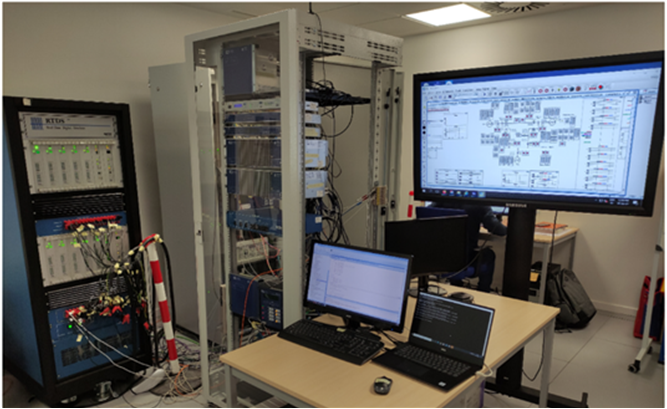

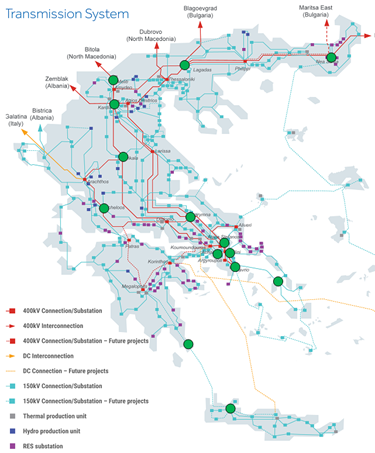

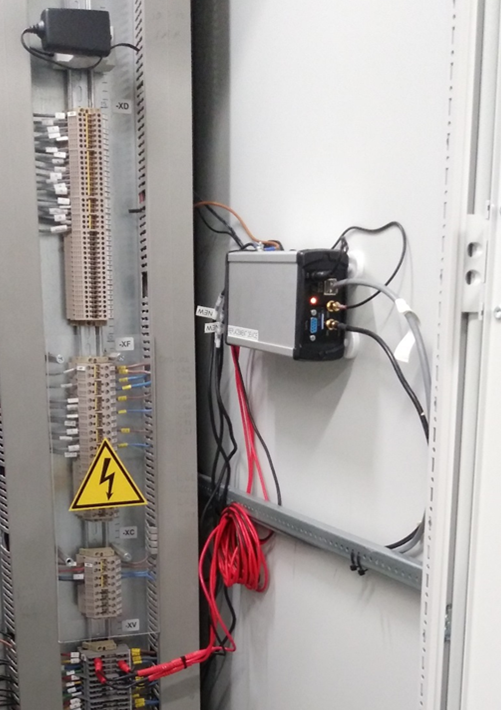
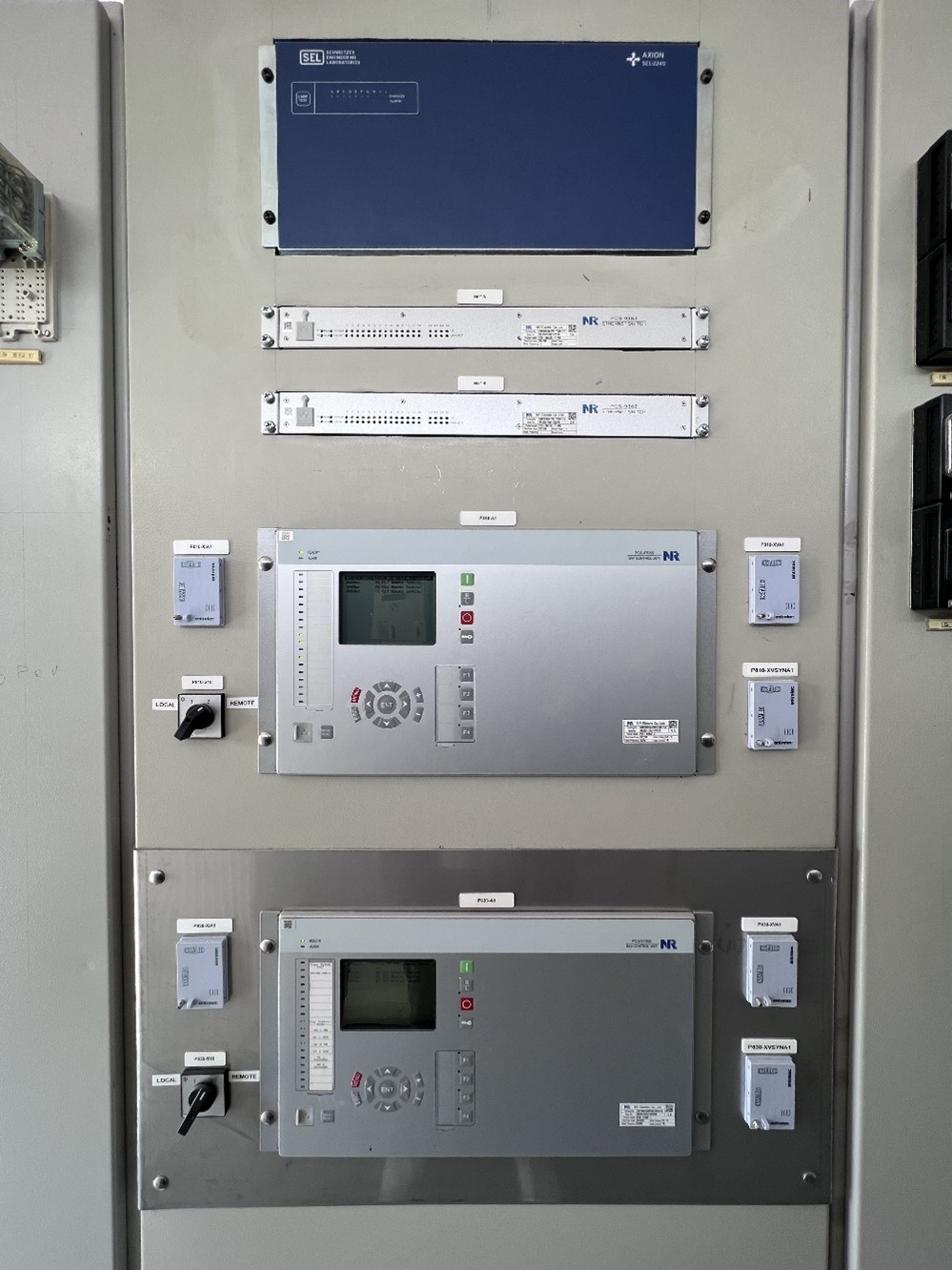

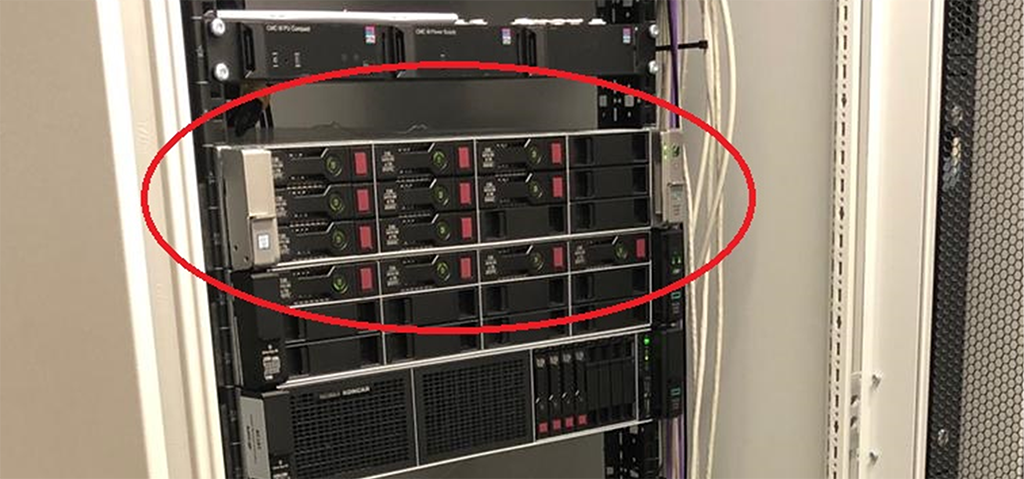

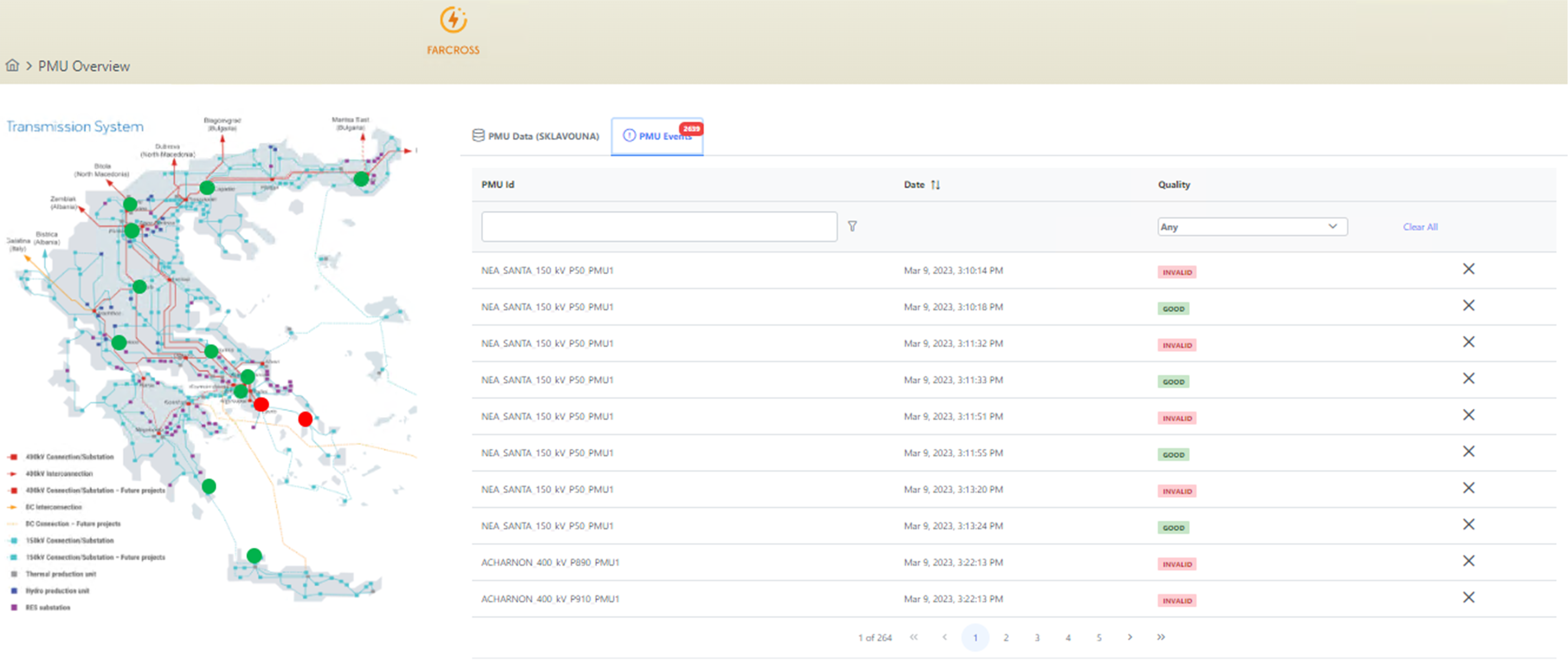
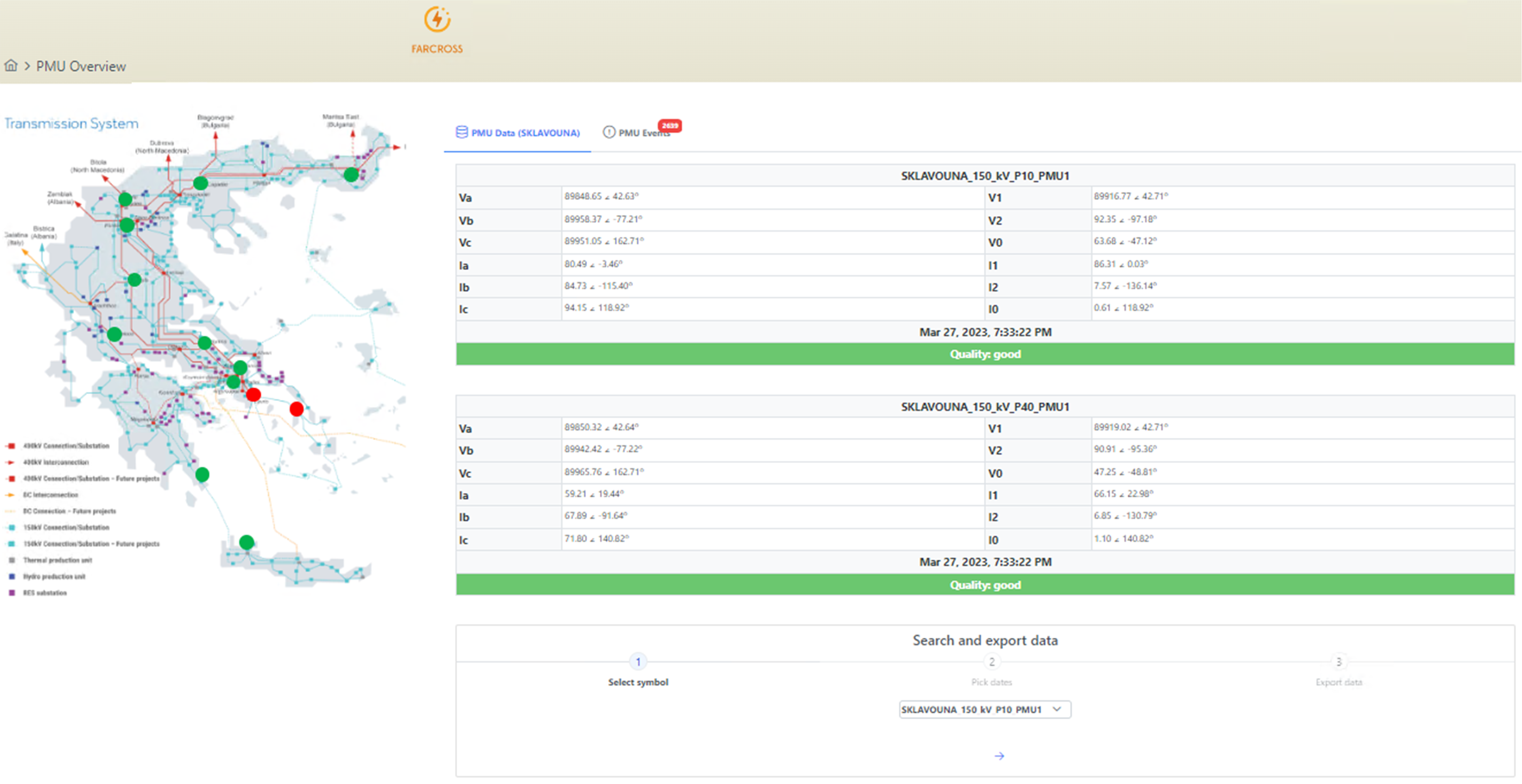





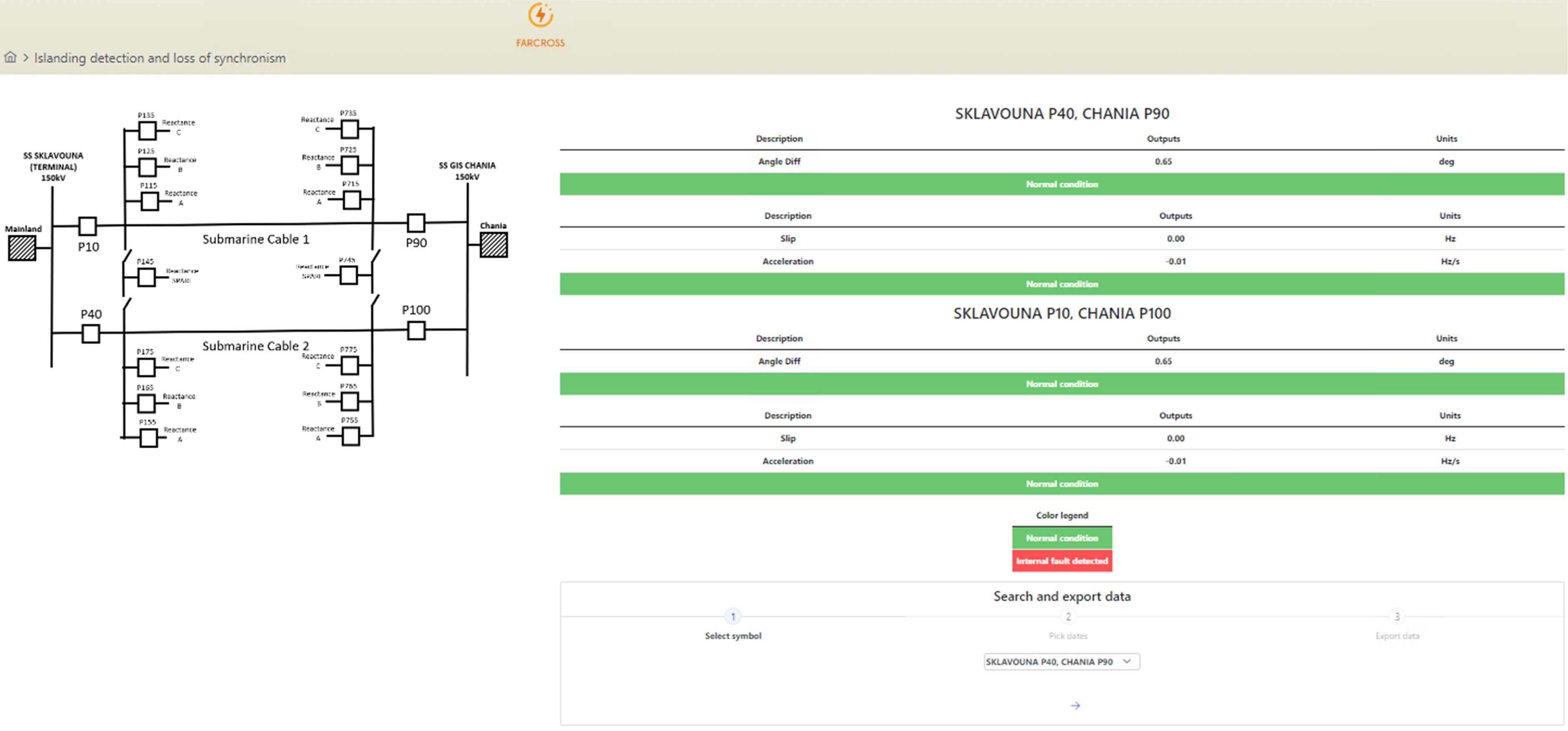
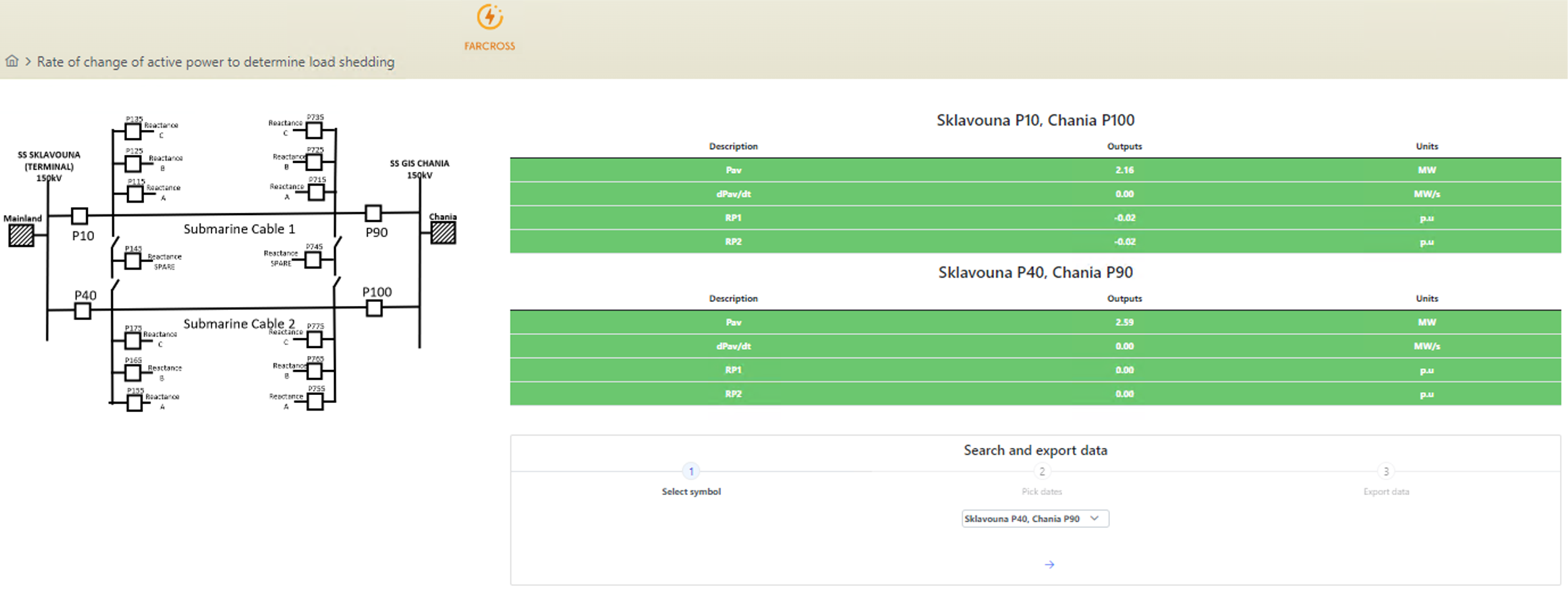
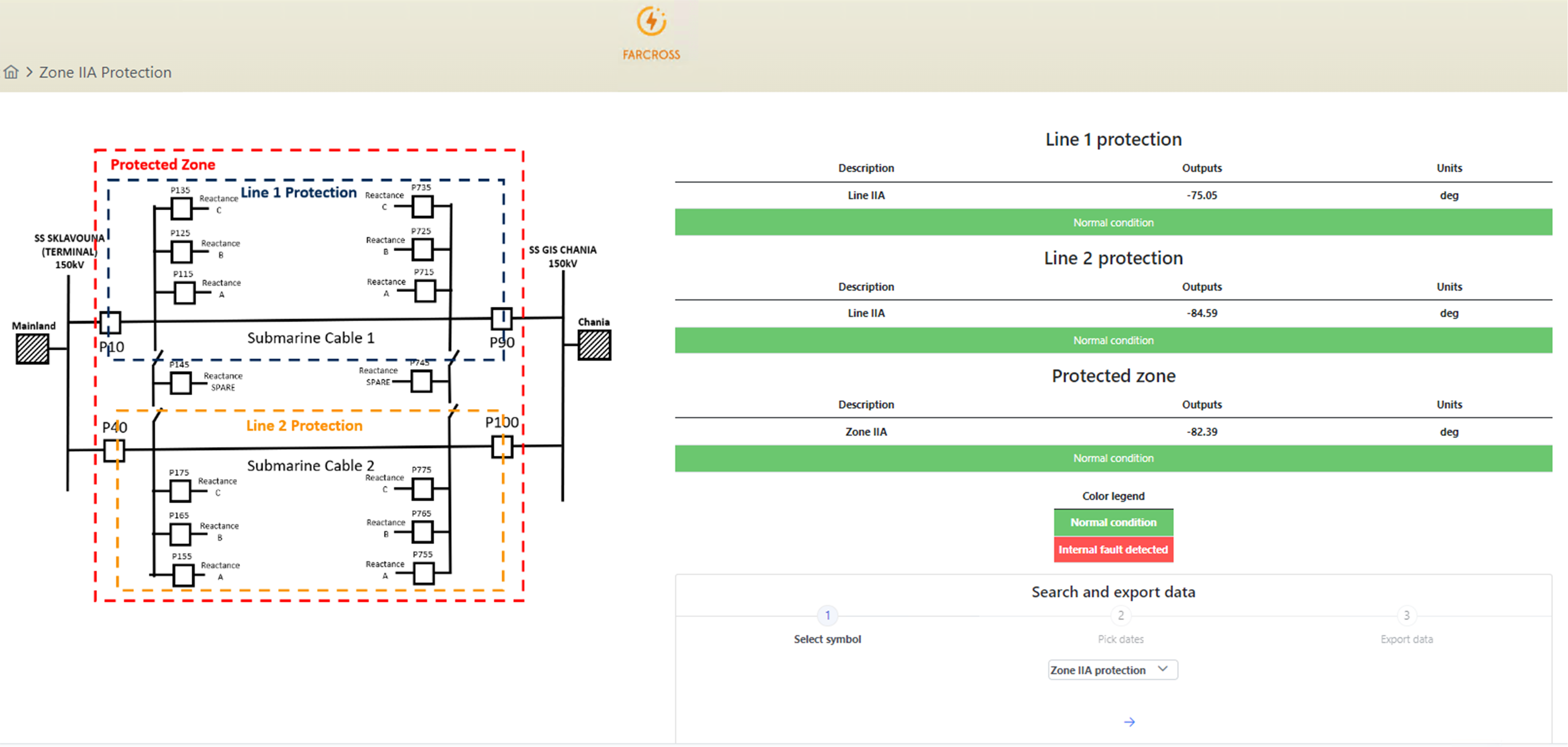
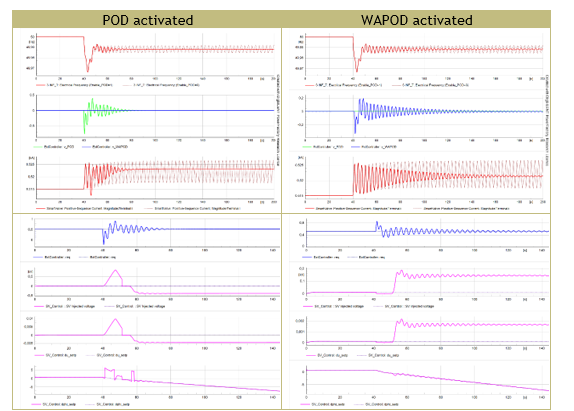







 This project has received funding from the European Union’s Horizon 2020 research and innovation programme under grant agreement No 864274
This project has received funding from the European Union’s Horizon 2020 research and innovation programme under grant agreement No 864274